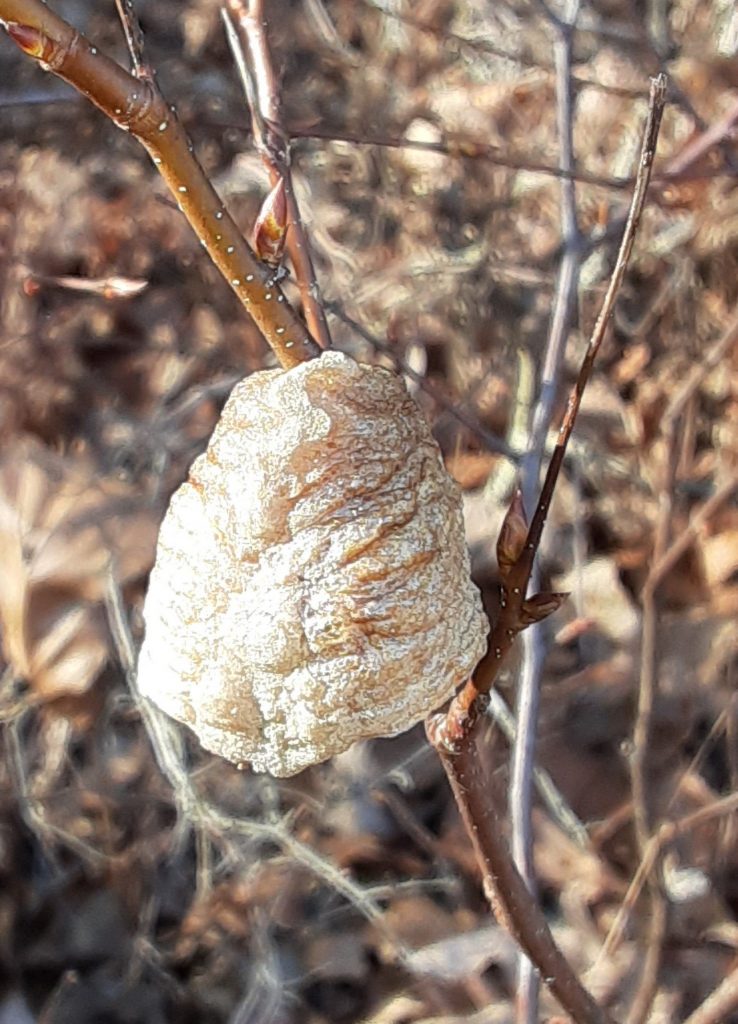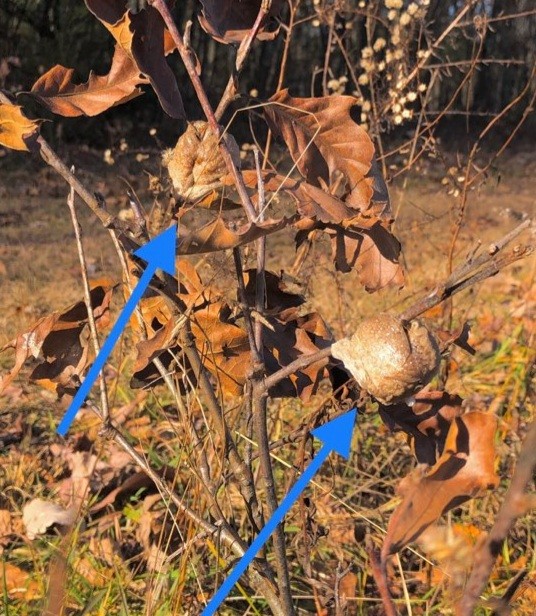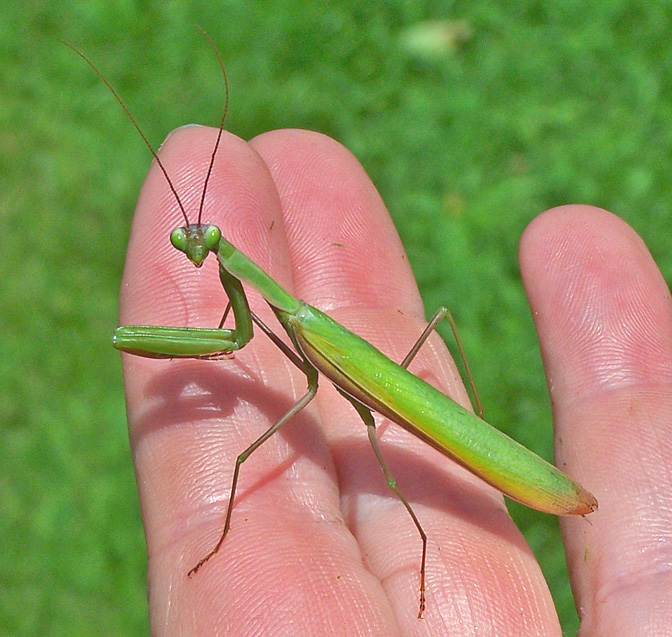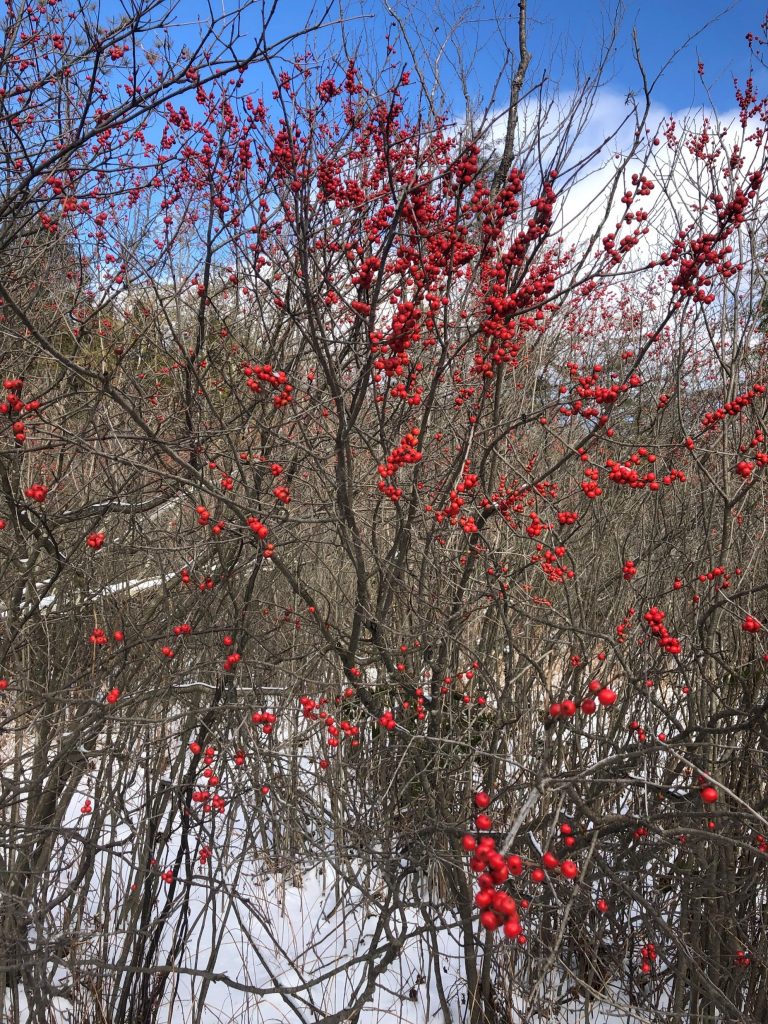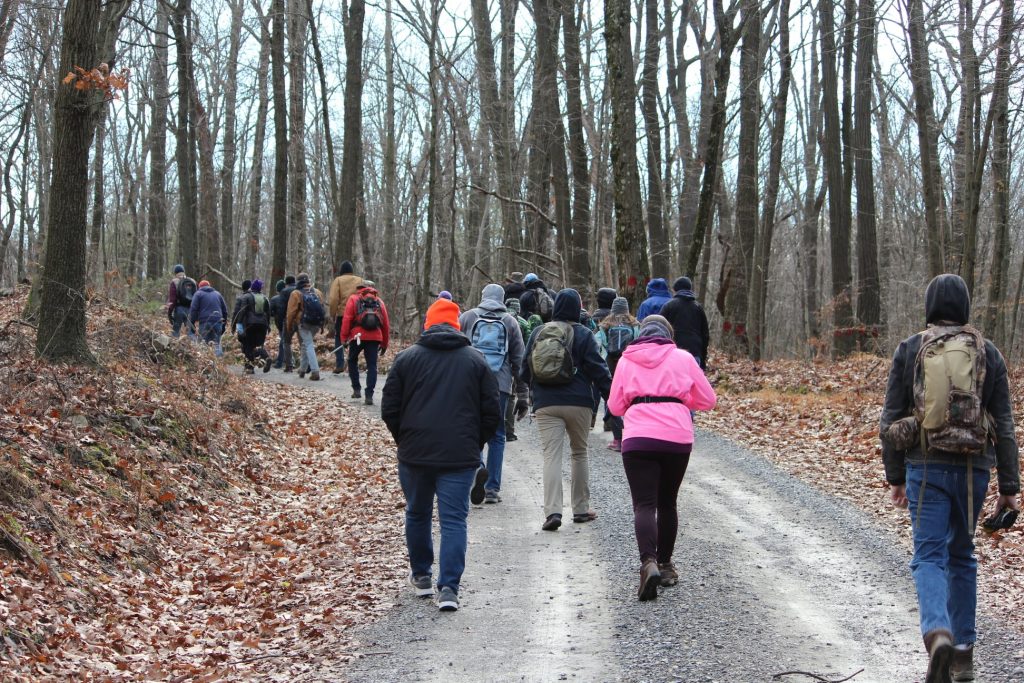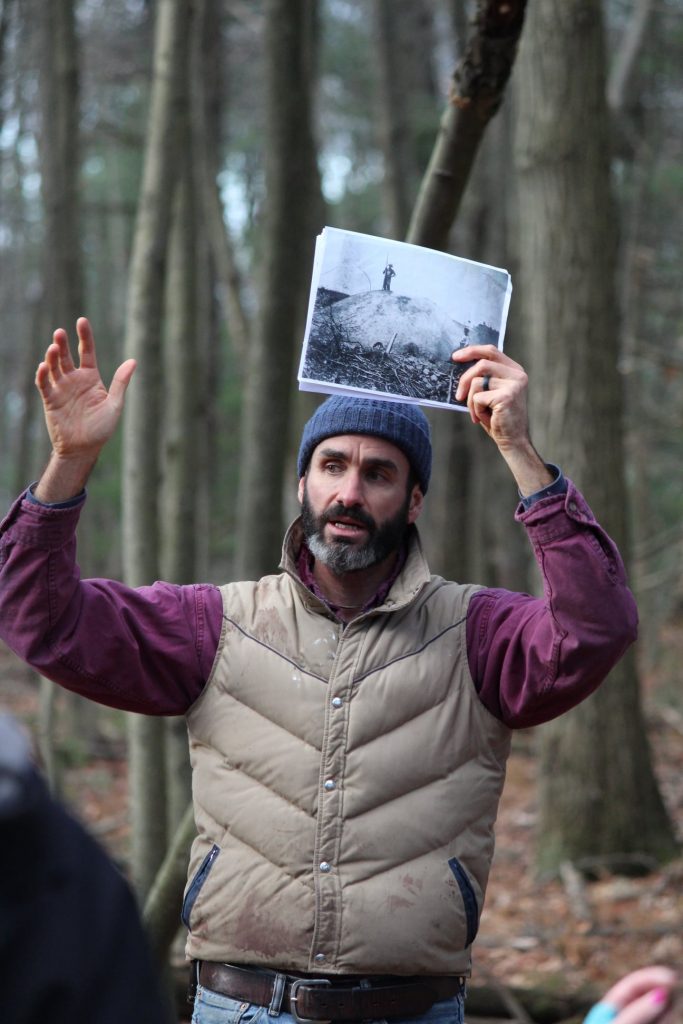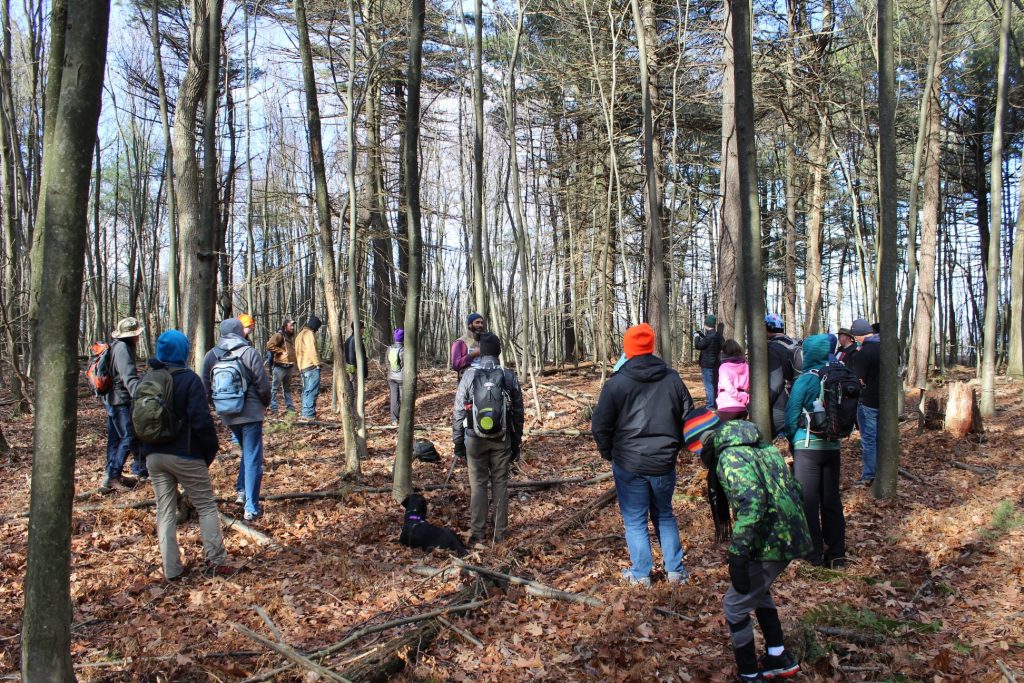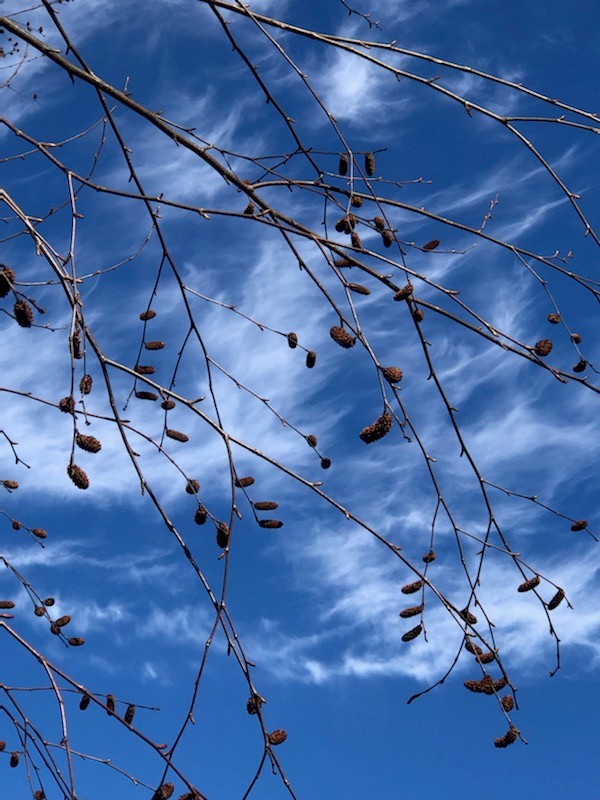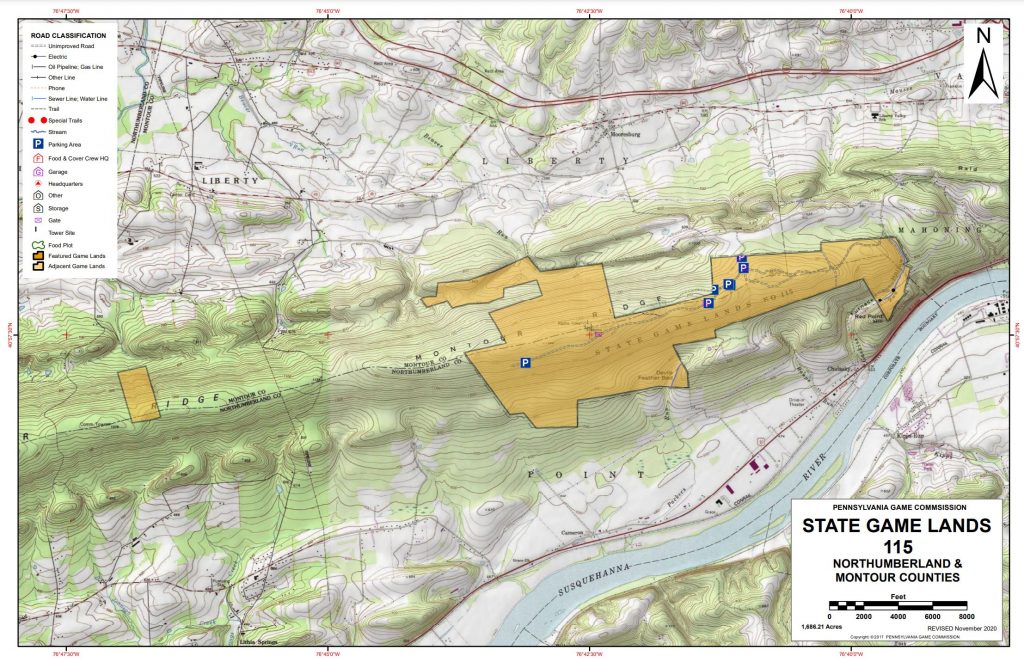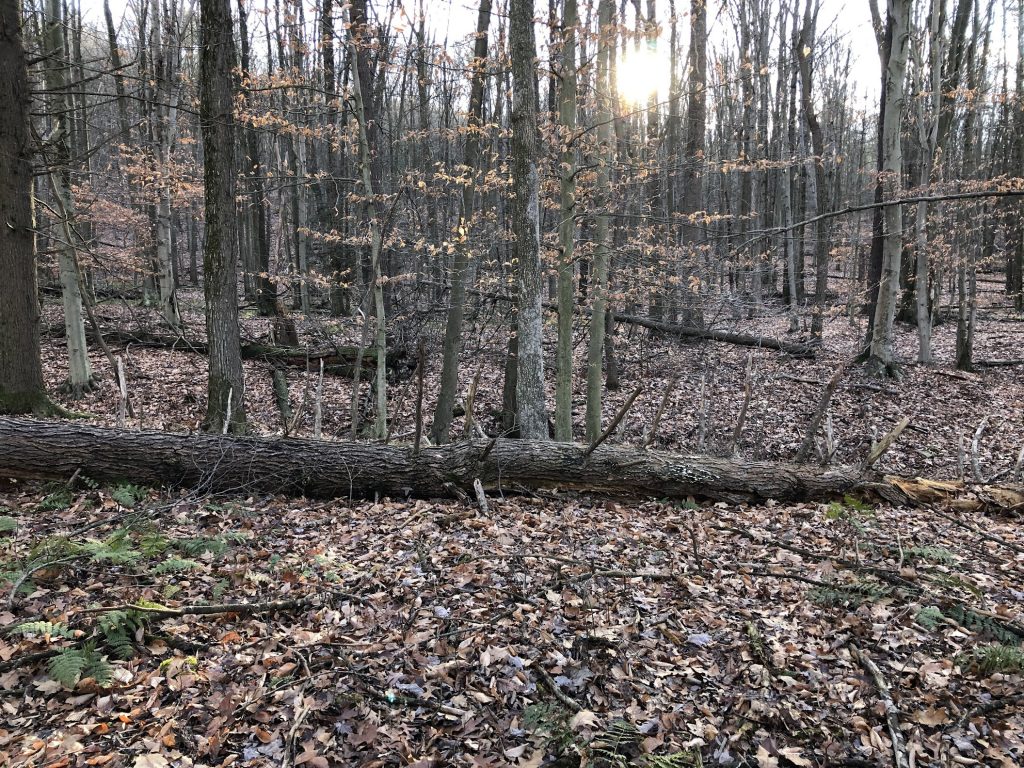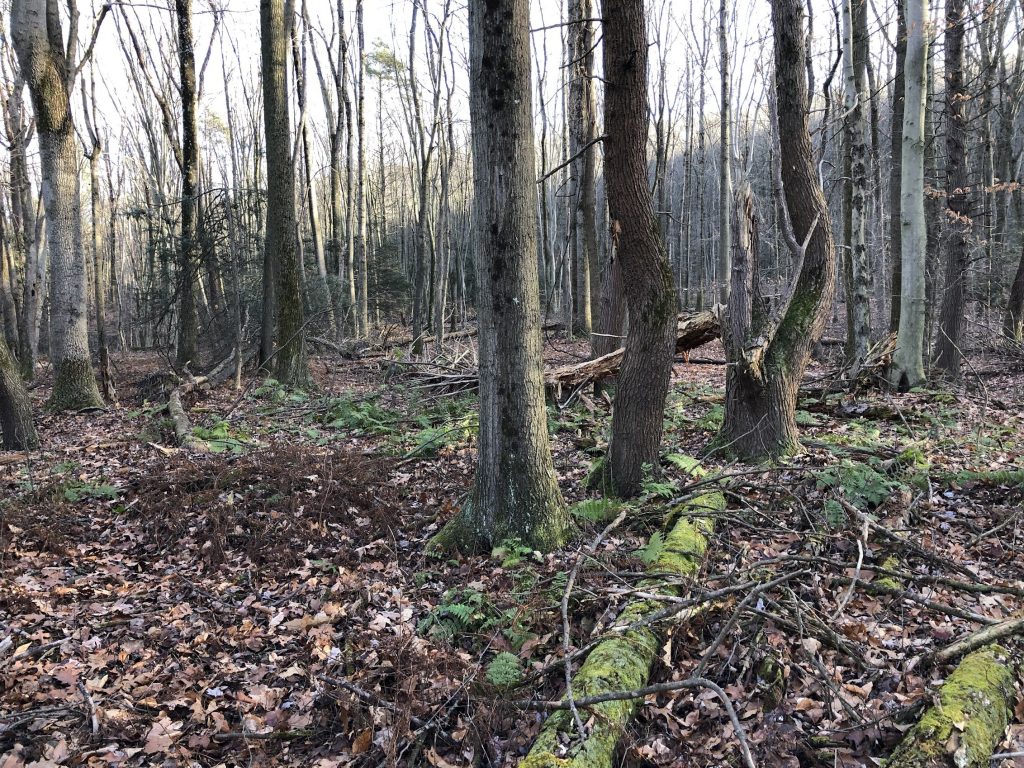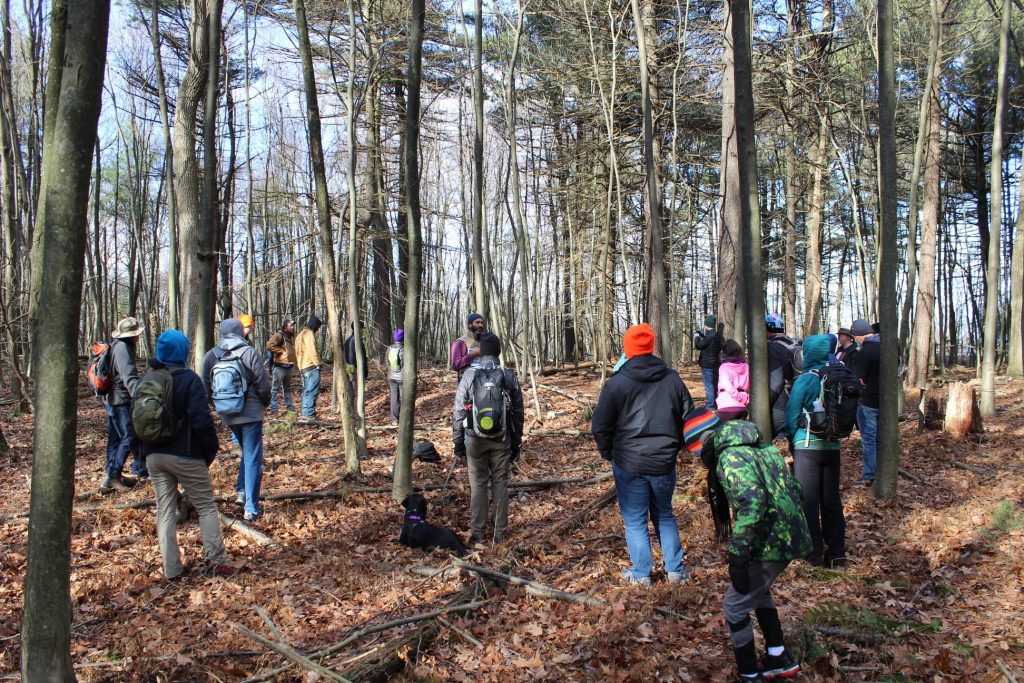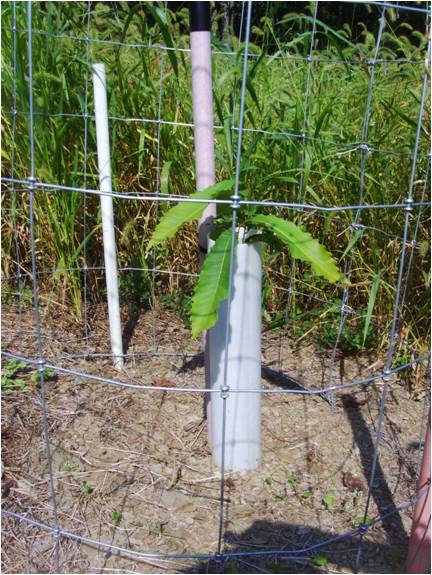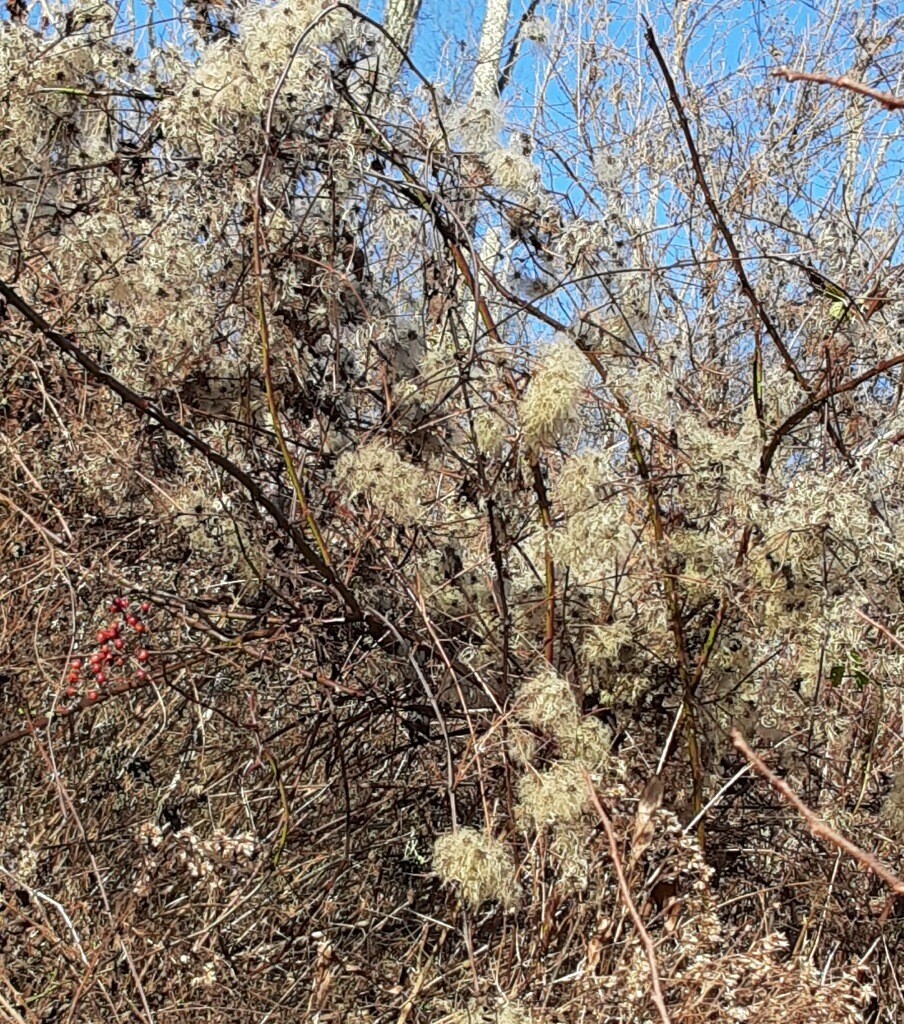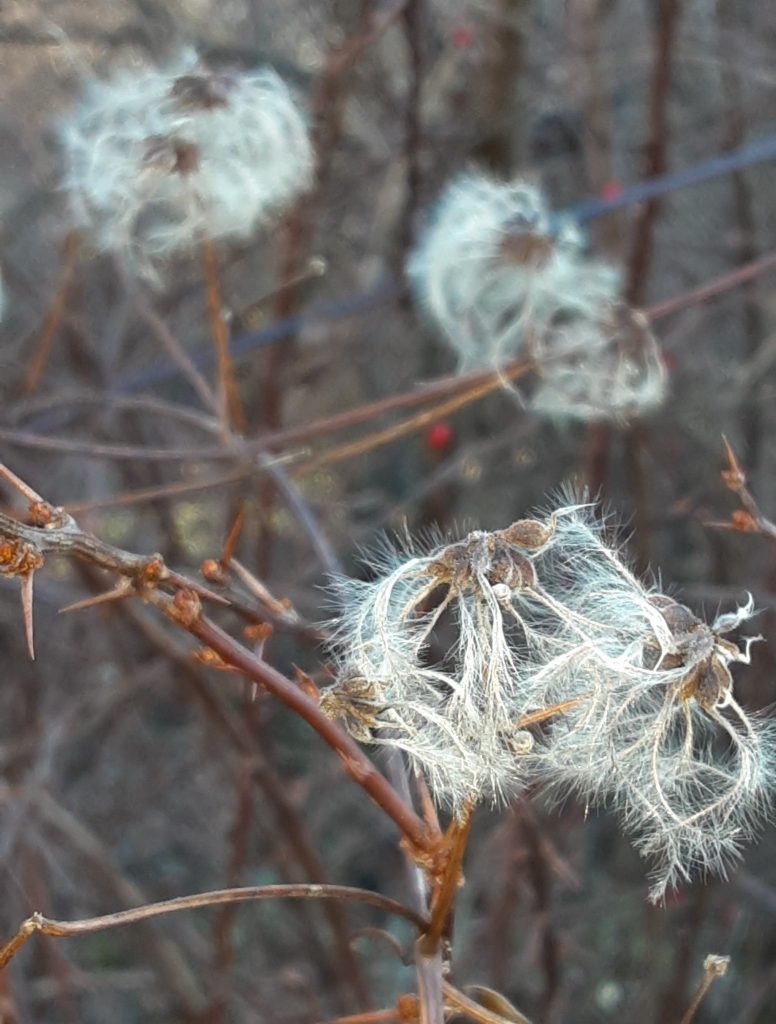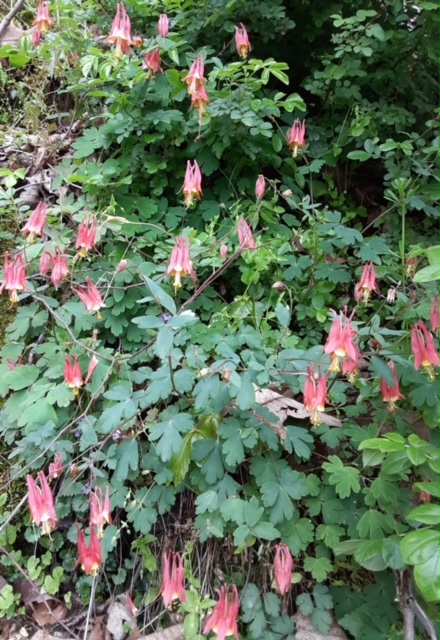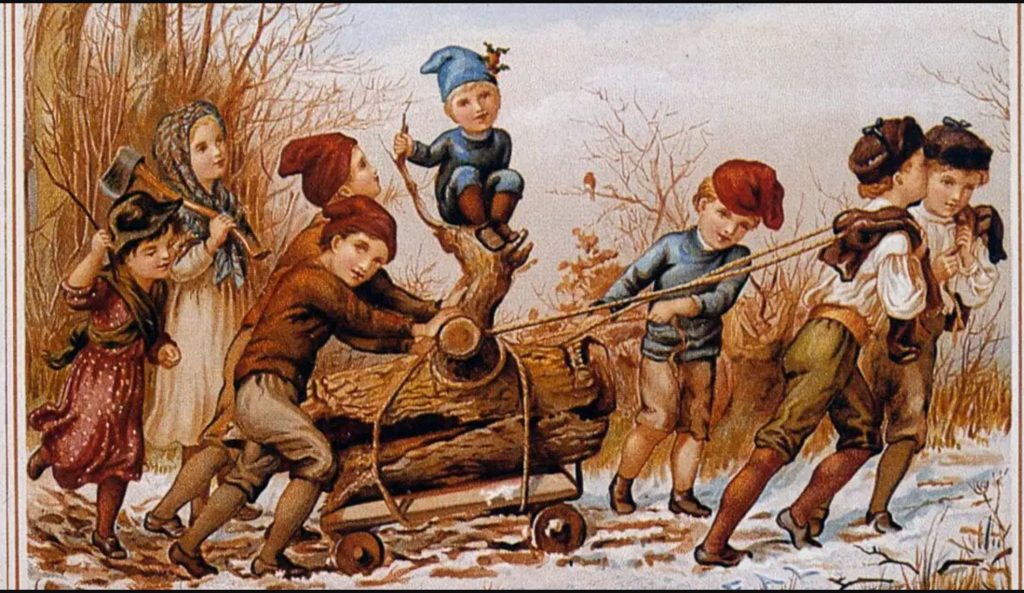The Northcentral Pennsylvania Conservancy (NPC) is a regional land trust working in 12-counties to conserve and enhance the lands and waters of northcentral Pennsylvania. This work supports the environmental well-being and recreational needs of local communities.
The Land Stewardship Specialist (LSS) ensures all of the conservation easements held by the Northcentral Pennsylvania Conservancy are monitored annually for compliance. The LSS also reviews requests by landowners of eased properties, works with landowners interested in donating a conservation easement, and works with staff on communications.
The position is part-time and expected to be 15 to 20 hours a week. This may require evening and weekend hours. The person will report to the Executive Director and work out of the office (approximately 1/3), presently located in Williamsport, PA, but also travel extensively throughout the region (approximately 2/3) when visiting conservation easements.
Responsibilities Include but are not limited to:
Conservation Easement Monitoring
- Develop and implement a plan for the regular monitoring of all conservation easements held by Northcentral Pennsylvania Conservancy
- Contact owner’s of property under easement with the Northcentral Pennsylvania Conservancy to schedule monitoring visit
- Conduct monitoring of conservation easements held by Northcentral Pennsylvania Conservancy
- Prepare reports and correspondence based on monitoring
- Maintain
conservation easement inspection files
.
Review Requests for Approval of Conservation Easement Permitted Activities
- Coordinate with Executive Director to ensure all requests are processed in a timely manner
- Review the request to determine if it’s allowed by easement
- Evaluate the impact on the conservation values
- Prepare a recommendation for review and discussion with the Executive Director
- Conduct site visits, as needed, to ensure the activity is being implemented as approved, and as appropriate
- Prepare reports and notes documenting the process and follow-up
Conservation Easement Drafting
- Respond to landowner requests for information about conservation easements
- Conduct site visits and undertake basic research on a property’s conservation values
- Prepare draft documents – including, but not limited to conservation easements and baseline documentation reports
Budgeting/Planning
- Prepare a yearly workplan
- Assist in preparing budget figures for easement monitoring, and other projects as directed by Executive Director as requested
- Assist Executive Director in grant writing and fundraising as requested
Communications
These tasks would be done in coordination with other staff:
- Provide photos from site visits and text to be used on the Northcentral Pennsylvania Conservancy’s social media accounts
- Write at least one article quarterly for the organization’s newsletter.
- Maintain a photo file for each project.
Qualifications:
- A passion for the conservation of open spaces
- Clearly demonstrated experience and skills related to the performance of the above responsibilities, such as past experience with land management including, but not limited to road building, erosion and sedimentation controls, and management plan writing
- Strong written and verbal communication skills
- Attention to detail. Ability to work accurately, independently, and efficiently.
- Ability to interact and communicate with people in one-on-one situations.
- Experience in developing work plans, and successfully executing work plans
- A valid driver’s license and reliable transportation
- Ability to walk a minimum of 4 miles over rough and uneven terrain.
- Ability to navigate or way find through unmapped terrain passion for the conservation of open spaces.
- Ability to map locations and develop handouts showing the mapped location
- Background in forestry, ecological restoration, wildlife management, or similar field.
- Clearly demonstrated experience and skills related to the performance of the above responsibilities, such as past experience with land management including, but not limited to road building, erosion and sedimentation controls, and management plan writing
Compensation:
This is a part-time position. The pay range is $15.00 to $20.00 an hour based on experience with both land management and conservation easements.
To Apply:
Please send a cover letter, resume, and three references to Renee’ Carey either by email (rcarey@npcweb.org) or regular mail (Northcentral Pennsylvania Conservancy, PO Box 2083, Williamsport, PA 17703).
Resumes are due by January 20, 2022.


